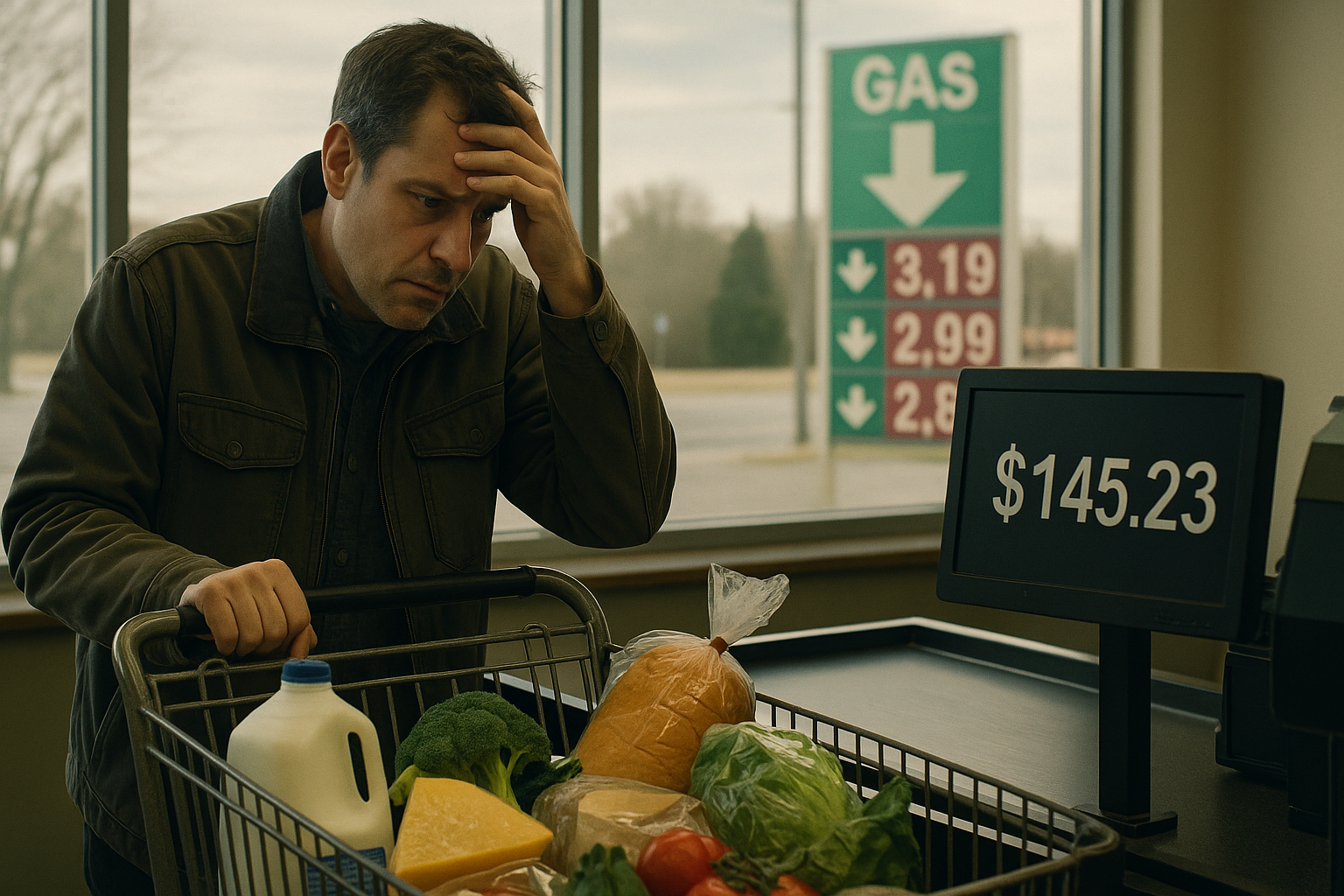The economic narrative we've been telling ourselves just got a serious edit. Turns out the American economy stumbled harder than anyone realized during 2024's opening act, with revised GDP figures revealing a sharper contraction than initially reported.
I've seen plenty of economic data revisions in my time covering markets, but this one hits different. It's not just a statistical footnote—it's a fundamental reframing of where we stand in this post-pandemic recovery saga.
The downward adjustment in consumer spending numbers is particularly telling. Americans, it seems, have finally started tightening their belts after months of defying economic gravity. And honestly? It was inevitable. There's only so long households can weather the twin pressures of stubborn inflation and higher interest rates before something gives.
What makes this moment so fascinating—and frankly, confounding—is how it clashes with other economic signals. The job market remains surprisingly resilient, creating one of those economic head-scratchers that make covering this beat both maddening and interesting. Companies are still hiring, even as the broader economy shows signs of fatigue.
This contradiction isn't just academic. It creates what you might call economic whiplash for ordinary Americans trying to make sense of their financial prospects. Their personal experience (higher prices, stretched budgets) has been telling them one story, while official statistics painted a rosier picture. Until now.
Look, revisions happen. Initial economic data always comes with caveats—it's necessarily incomplete, based on preliminary information that gets refined over time. But when the revision substantially changes the narrative? That's when economists start sweating.
The timing couldn't be more awkward for the Federal Reserve. They've been cautiously navigating between inflation concerns and growth worries like a tightrope walker in a windstorm. These revised numbers just cranked up the wind speed.
I spoke with several market analysts yesterday who expressed genuine surprise at the magnitude of the revision. "We expected some adjustment, but nothing this dramatic," admitted one veteran economist who's been tracking U.S. growth patterns for over two decades.
This creates a thorny question: Was this just a temporary stumble—a plot twist rather than a genre change for our economic story—or the beginning of something more concerning?
The coming quarters will tell. Consumer behavior, especially heading into summer, will be crucial to watch. Will Americans open their wallets as pandemic savings finally evaporate? Or have we reached a genuine inflection point in spending patterns?
And let's not forget the political dimension here (though I probably should, given how toxic economic discussions have become). An economy performing worse than advertised doesn't exactly help incumbents, does it?
The economic cognitive dissonance—that feeling when multiple contradictory indicators are simultaneously true—continues to define this peculiar post-pandemic period. The numbers say one thing. Your wallet says another. And economists... well, they're rewriting their forecasts as we speak.
Sometimes I think we'd be better off admitting what most economists know but rarely say publicly: economic forecasting is more art than science, especially during unusual times. And these times? They're about as unusual as they come.




